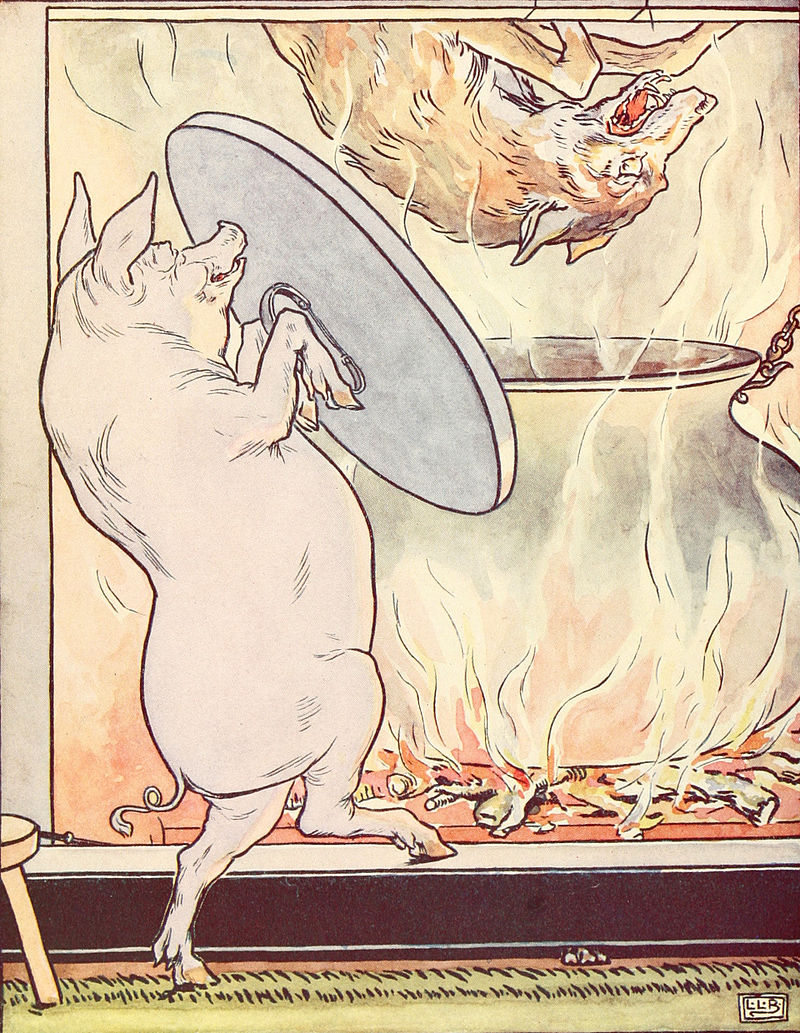![Source: Plotmountain, Kaede4 (Own work) [Public domain], Wikimedia Commons Freytag’s Pyramid graphing plot: exposition, rising action, climax, falling action, and resolution.](https://www.ontrack-media.net/english_6th/images/E6RdM2L3image3.jpg)
Plot is the element of fiction that explains the structure, or the order of events, in a story. Simply put, it is the beginning, middle, and end of the story. A German novelist named Gustav Freytag noticed that stories, whether oral or written, follow a certain structure, and if you diagrammed the events of a story, it would look like a triangle or a pyramid. You may have seen this diagram before. It’s called Freytag’s Pyramid. The flat lines before and after are those portions of the plot that are important (exposition and resolution) but that don’t convey much forward movement. They are important but not as exciting as the other elements—rising action, climax, and falling action—because those elements are where the exciting events really happen.
![Source: Plotmountain, Kaede4 (Own work) [Public domain], Wikimedia Commons Freytag’s Pyramid graphing plot: exposition, rising action, climax, falling action, and resolution.](https://www.ontrack-media.net/english_6th/images/E6RdM2L3image3.jpg)
Exposition – The exposition, or the beginning, of the story is the way things are in the protagonist’s life before the story starts. In terms of the first example from the introduction, it’s what’s happening to you before you get conked on the head and lose consciousness.
Rising action – The events that lead up to the climax of the story are called the rising action. It’s when the plot starts to move forward. Something changes for the main character, but it’s not the biggest change. Looking back at our introduction, the rising action is when you get conked on the head. That is an exciting event, but it is not the climax.

Climax – You may know that the climax is often referred to as the turning point for the protagonist. It is that point in the story that changes the protagonist’s future. When you wake up from being unconscious and realize that you are no longer in your own time, that’s the climax. Everything that happens is related to that moment. Sometimes readers have a difficult time pinpointing the climax of a story. When a plot is eventful, think of the one event that changes everything for the protagonist going forward.
Falling action – The falling action is everything that happens after the climax. In the introduction, the protagonist of our scenario starts looking for answers. Where am I? What time period is it?
Resolution – Resolution is the end of the story. Does our protagonist find his or her way back home, or does he or she make a new life in the new time?
To practice what you’ve learned about plot, complete the following activity about the fairy tale The Three Little Pigs.